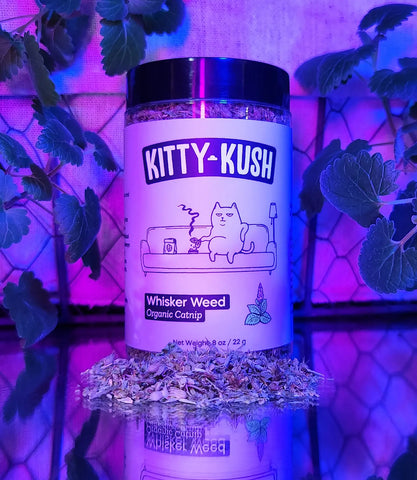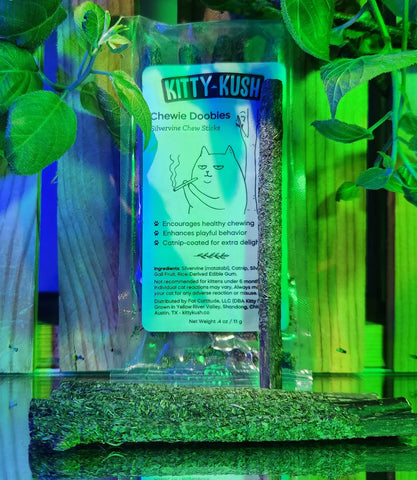You might have heard about color psychology for humans—the idea that certain colors can influence mood and behavior. Blues can be calming, reds are energizing, and greens inspire balance. But does the same apply to cats? While felines don't see the world quite like we do, your home's color scheme could subtly affect their behavior. Let's dive into the fascinating world of color psychology for cats and how you can use it to create a more cat-friendly space.
How Cats See Color
Cats are not colorblind, but their vision is different from ours. While humans see a rainbow of colors thanks to three types of cone cells in our eyes, cats have only two. This means they see fewer colors, primarily shades of blue, green, and some yellows. Reds and oranges likely appear muted or as shades of gray.
So, what does this mean for your cat? In practical terms, the bright red rug you love might not pop to your feline friend. Instead, they're likely more tuned into cool hues and subtle contrasts. Keeping this in mind can help you tailor your home's decor to create a calming or engaging environment for them.
Colors That Calm Cats
If your cat tends to be high-strung or easily stressed, consider incorporating soothing colors into their spaces. Blues and greens are calming to cats, just as they are to humans. A soft blue blanket in their favorite napping spot or a green-toned cat bed could help create a serene atmosphere for relaxation.
Colors That Stimulate Play
While cats may not see reds and oranges vividly, brighter colors with good contrast can still be stimulating. Bold patterns in yellows or greens, for example, might catch their attention and encourage play. Toys and scratchers in these hues can add a touch of excitement to their environment.
Neutral Tones for Balance
Cats, like people, can appreciate a balance of tones. Neutral colors like grays, beiges, and soft whites can create a grounding effect in your home. These colors are particularly effective in shared spaces where you and your cat both spend time. Plus, they're excellent for highlighting your cat's natural coloring in photos—a bonus for all those Instagram posts!
Lighting Matters, Too
Color isn't the only visual factor that affects cats; lighting plays a significant role as well. Cats' eyes are highly sensitive to light, so overly bright spaces can be overwhelming. Opt for soft, natural lighting where possible. Consider adding cat-friendly lamps with dimmer settings to create a cozy vibe in the evenings.
Experiment and Observe
Every cat is unique, so what works for one might not work for another. Try introducing different colors into your cat's environment and observe how they respond. Do they gravitate toward the blue blanket? Are they more curious about the yellow scratcher? These subtle cues can help you fine-tune your decor to suit your feline's preferences.
Final Thoughts
While cats may not see the full spectrum of colors we do, the hues and tones in your home can still have a subtle impact on their behavior and well-being. By choosing decor that aligns with their sensory preferences, you can create a space that's both visually appealing and cat-friendly. Whether it's a calming blue cushion or a playful yellow toy, a little thoughtfulness can go a long way in making your home a purr-fect haven for your furry friend.






